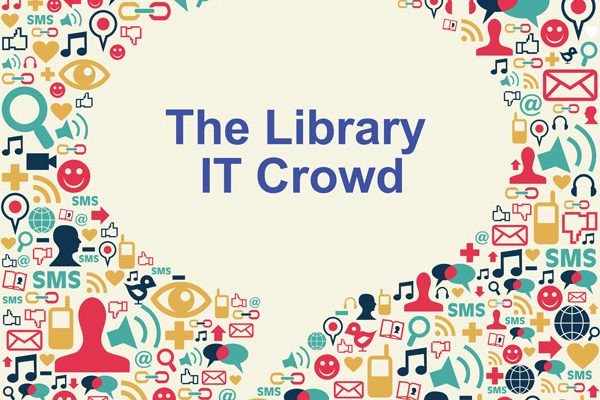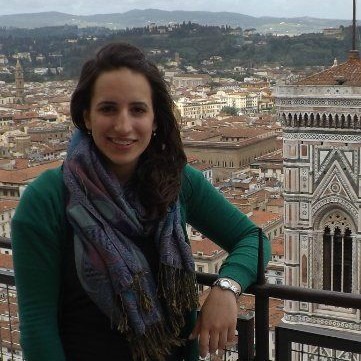Kimberly Daigneau is a Digital Editor for insideOCULA and a Library Technician at St. Clair…

Rachel Di Cresce
Welcome to The Library IT Crowd, a column brought to you by the Ontario Library and Information Technology Association (OLITA). We showcase some of the great librarians and library professionals currently working with technology, get to know them, and share their experiences. We hope we can inspire you, and shed some light onto what goes on behind the scenes with library tech workers!

Your name: Rachel Di Cresce
Your title: Project Librarian
Where do you work: University of Toronto
1. Tell me a little bit about your role. What do you do at your library?
I was hired on as the librarian for a two-year digital project funded by the Andrew W. Mellon foundation and the University of Toronto. It’s a bit of a unique role, in that as a joint project grant, I am placed between two departments at the university—Information Technology Services (ITS) and the Centre for Medieval Studies (CMS).
The project goal is to develop modular, interoperable tools with existing data frameworks that can serve the needs of manuscript scholars and other digital humanists. A big part of what I do is to act as a link between the work our developers are doing and the scholars whose work and expertise inform our development decisions.
My role encompasses a wide range of responsibilities including project management, usability testing, needs and tool assessment, use case development, outreach, data and metadata management and instruction.
2. How do you keep up with library technology changes and trends?
This often feels very overwhelming to me and because of this I really try to keep it simple. Everybody subscribes to listservs or RSS feeds and I do think these can be useful when tailored to your needs. I don’t want to comb through a hundreds of emails, articles and links to feel informed. Instead, I selectively subscribe to only a few of these, for example DH+Lib, which have direct relevance to the work I do and my general interests.
I will always follow along with larger entities’ interests like OCLC, ALA, LAC, OLITA and CNI to get a feel for the direction of the field. But, in saying that, nothing brings me more diverse, important and relevant information than my Twitter feed. It is how I’ve found scholarly collaborators, new tools and projects directly relevant to my own, and new publications, conferences and technology applications in libraries. There are vibrant tech and library communities on Twitter and I make heavy use of them to stay current.
3. What is the best part of your day in your current role?
Every day is different so I’m going to cheat a little bit here and identify the best part of my week. The way the project is set up we have development meetings at the beginning of the week with the tech team and project update meetings with the entire team at the end of the week. The latter is my favourite part since our developers get to share all of their work to solicit feedback, brainstorm and show off a little. It’s all fairly informal and we sometimes have audience members whose work may be indirectly related to our own but whose perspective is valuable.
These meetings move far beyond simply maintaining a constant feedback loop between developer and user. They work to solidify the collaborative nature of the project and constantly reaffirms its place within the wider institutional context. This is where ideas happen, new collaborators are discovered and a real sense of team can be felt. What better way to end off a week than to be reminded of what wonderful things can happen in library technology when we collaborate and learn from each other?
Interview by Sarah Macintyre